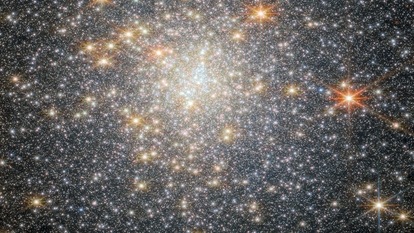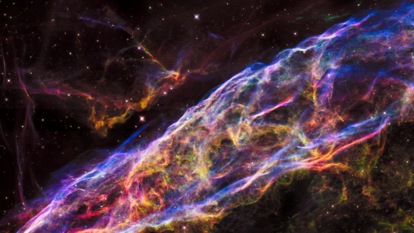Solar flare threat looms! 3 new sunspots may emit dangerous X-class solar flares
Forecasters have issued a warning against 3 sunspots which could emit dangerous solar flares.
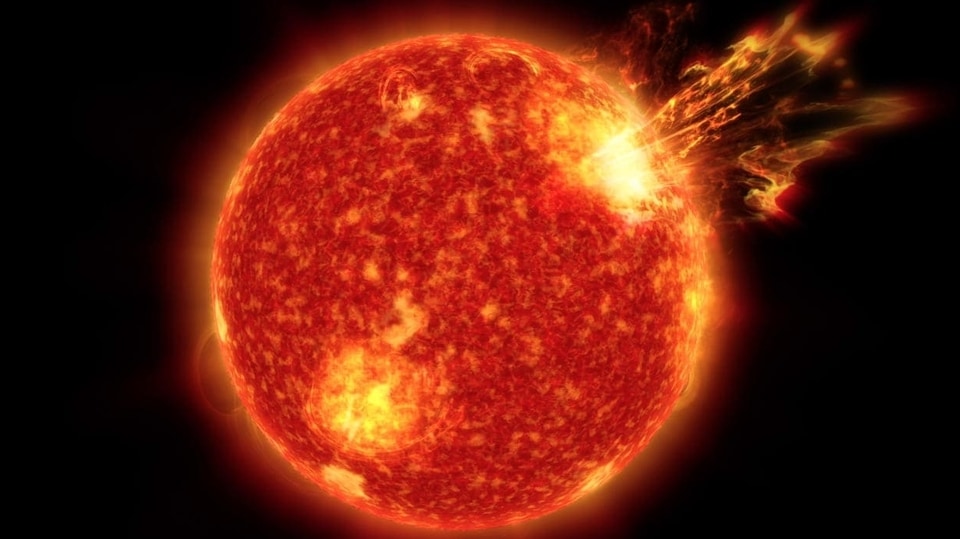
_1658567219974_1658567228615_1658567228615.jpg)
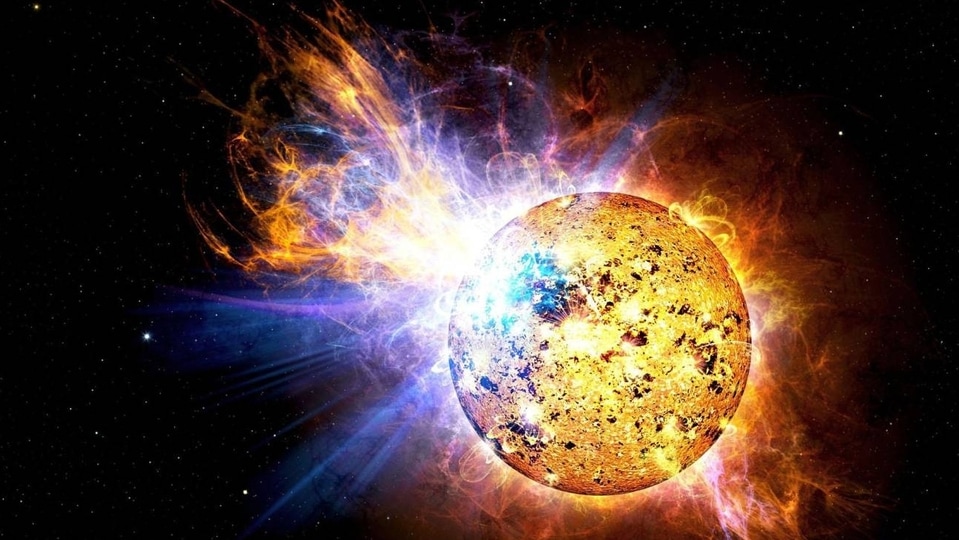


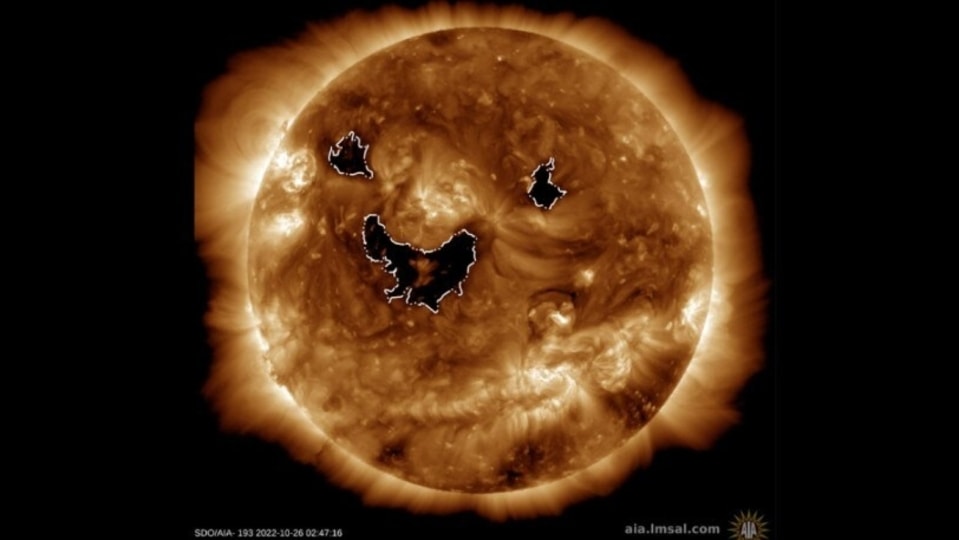
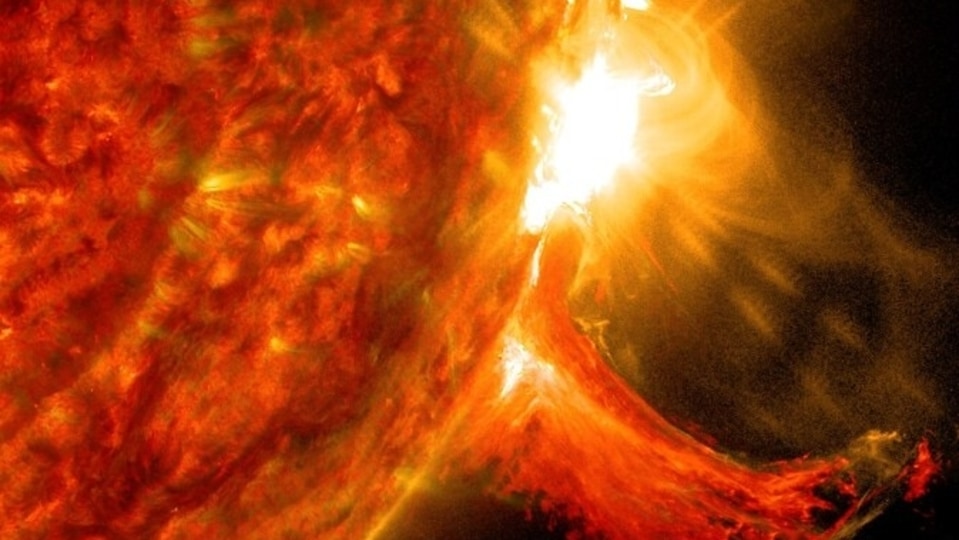
 View all Images
View all ImagesThe Sun has entered its middle age, estimated to be around 4.57 billion years. Scientists say during its last years in the solar system, the Sun will engulf nearby planets like Mercury, Venus and Earth. The study concluded that the Sun will reach its peak temperatures nearly 8 billion years into the future after which it will lower its surface temperature and increase its size. It is during this expansion that the Sun will become a red giant, swallowing nearby planets. Although there is enough time for many of our generations to live out their life fully before the Sun engulfs Earth, the planet faces a danger from the Sun today in the form of solar flares, according to NOAA forecasters.
According to a report by spaceweather.com, 3 new Sunspots have been discovered on the surface of the Sun with unstable “delta-class” magnetic fields. These sunspots are named AR3181, AR3182, AR3183. Although this solar activity might seem harmless due to the distance of the Sun from our planet, they can cause major damage. Because of the unstable nature of these sunspots, there is a 40% chance of M-class solar flares and even a 25% chance of X-class solar flares emitted from the sunspot.
The report said,” There are now 3 sunspots facing Earth with unstable 'delta-class' magnetic fields: AR3181, 82 and 83. NOAA forecasters say there is a 40% chance of M-class solar flares and a 20% chance of X-flares on Jan. 8th."
What are Sunspots?
According to NASA, Sunspots are dark areas on the solar surface which contain strong magnetic fields that are constantly shifting and can form and dissipate over periods of days or weeks. They occur when strong magnetic fields emerge through the solar surface and allow the area to cool slightly.
NASA mission to study solar activity
NASA has a mission in place to study the rising solar activity of the Sun. NASA's SunRISE mission, which stands for the Sun Radio Interferometer Space Experiment, is an upcoming mission expected to launch in 2024 to study and pinpoint how giant bursts of energetic particles originate from the Sun and evolve as they expand outward into space.
The mission will observe low radio frequency emissions to better understand the generation of Solar Storms as well as other explosive space events. This research will help scientists forecast space weather, improve our understanding of how our Sun works, and may apply to studies of other stars.
Catch all the Latest Tech News, Mobile News, Laptop News, Gaming news, Wearables News , How To News, also keep up with us on Whatsapp channel,Twitter, Facebook, Google News, and Instagram. For our latest videos, subscribe to our YouTube channel.









